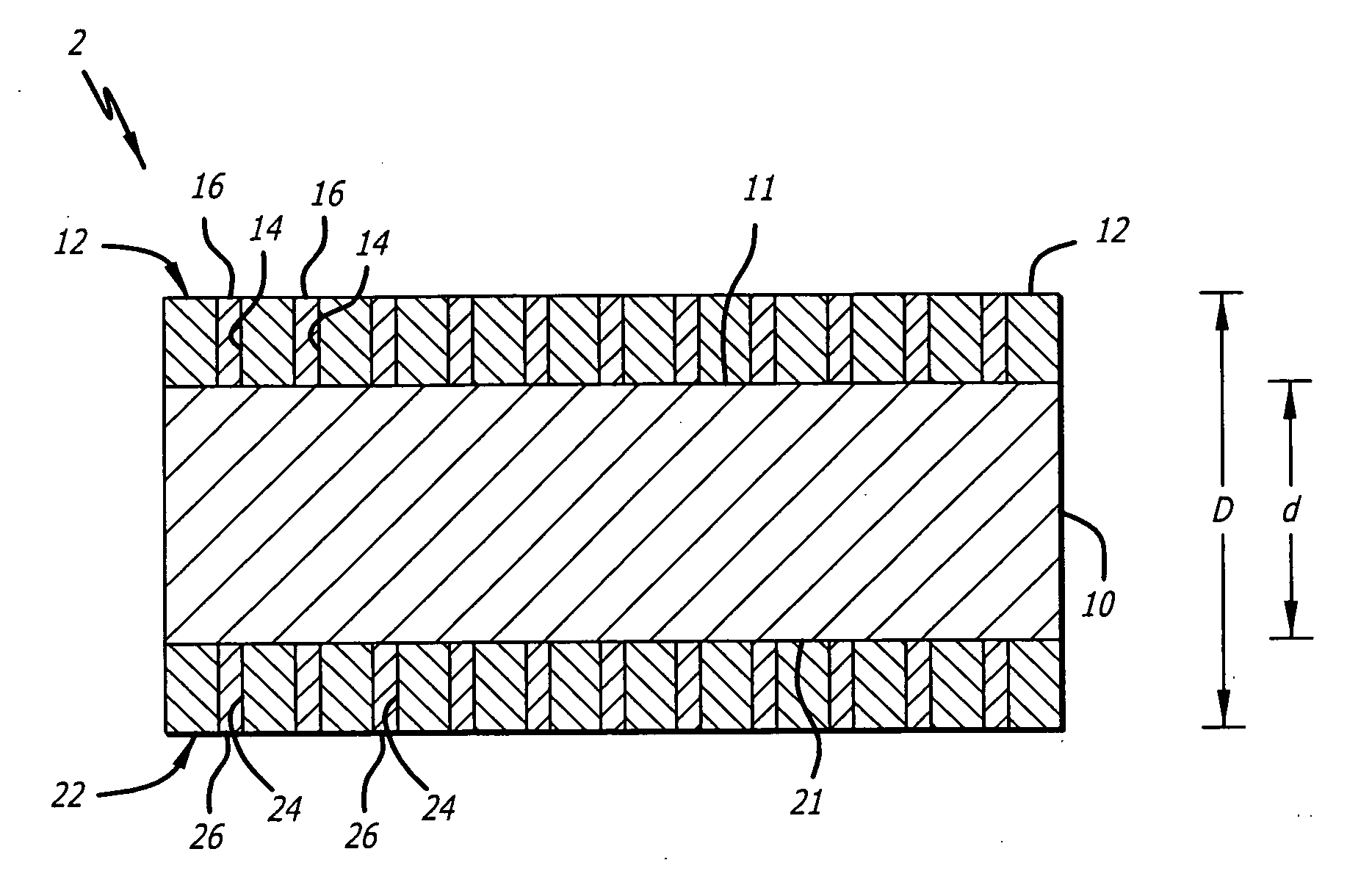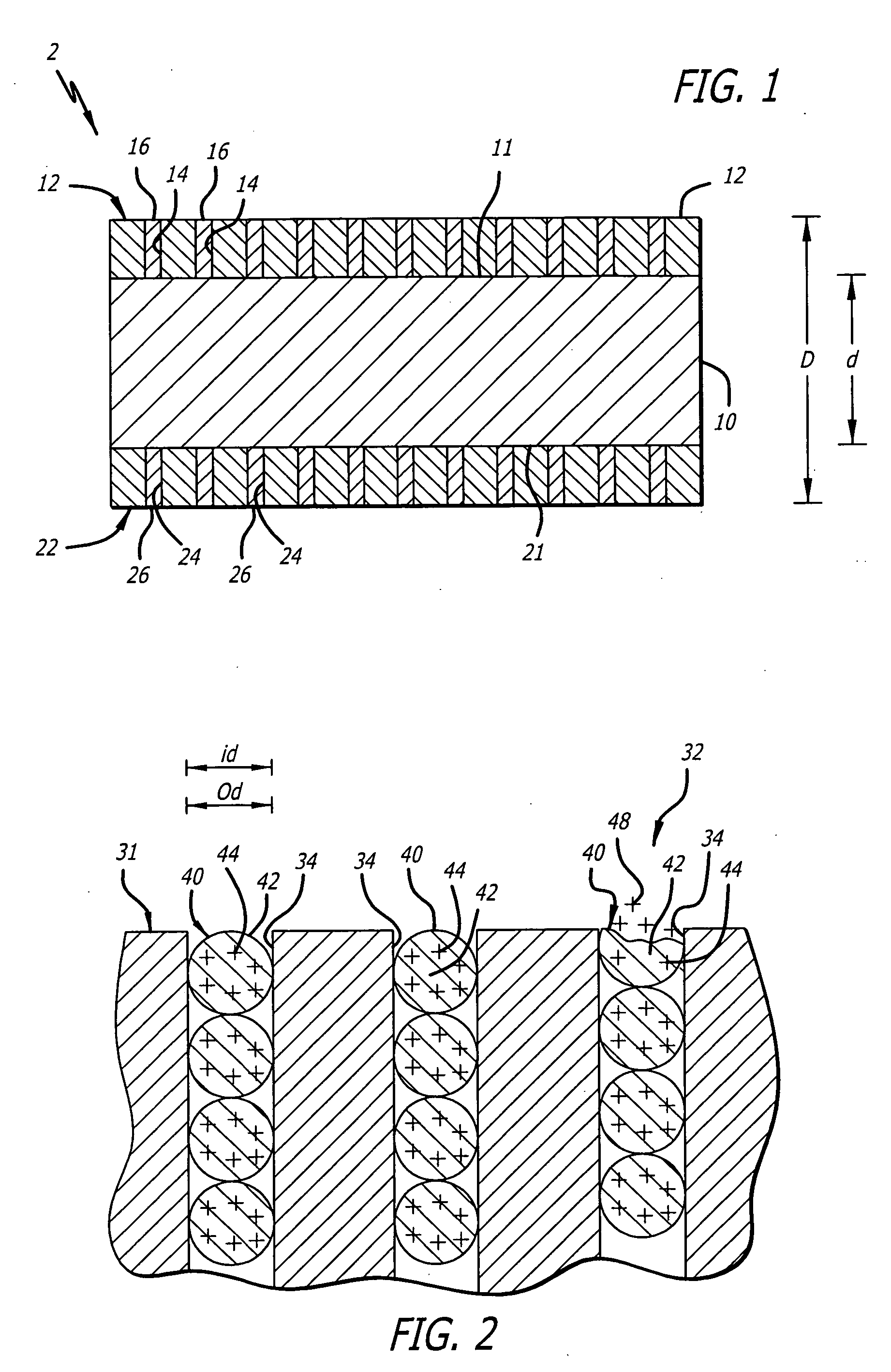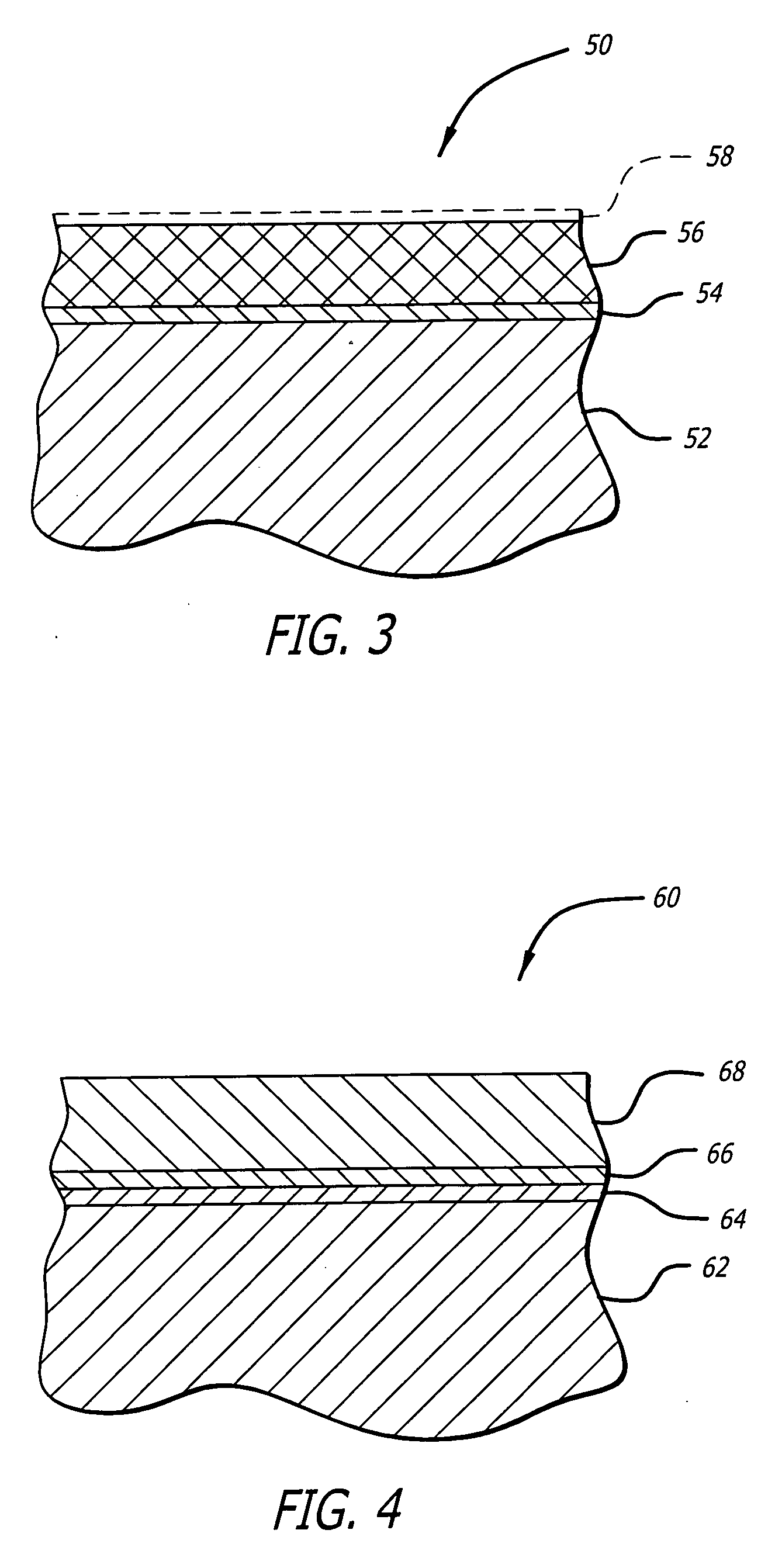Implantable stent with endothelialization factor
a technology of endothelialization factor and implantable stent, which is applied in the field of implantable stents, can solve the problems of not being compelling, the use of radioactive materials carries a significant burden, and the balloon end to localized vessel wall trauma, so as to promote the endothelialization of the device and promote the endothelialization of the treatment si
- Summary
- Abstract
- Description
- Claims
- Application Information
AI Technical Summary
Benefits of technology
Problems solved by technology
Method used
Image
Examples
example 1
Delivery of Pleiotrophin Gene Induces Neovasculature Formation in Ischemic Myocardium
[0121] The pleiotrophin (PTN) gene nucleic acid sequence (SEQ ID NO. 2) was inserted into the cloning site of a PCMV plasmid (FIG. 11) and mammalian cells transfected with the plasmid are capable of producing and secreting pleiotrophin. The pleiotrophin produced from these cells induced the proliferation of serum-starved SW13 cells (non-epithelial, adrenal cortex-derived human cells), indicating that it was biologically active.
[0122] The pCMV-PTN plasmid (250 μg) was injected directly into the infarcted myocardium of female Sprague-Dawley rats (n=3) following occlusion of their left anterior descending portion of the left coronary artery for 17 minutes. Another set of rats (n=2) was injected with a control plasmid (pCMV-βgal). The rats were sacrificed after a minimum of five weeks. The hearts were rapidly excised, fresh frozen and sectioned into 10 μm slices. Five sections from each heart were sta...
PUM
| Property | Measurement | Unit |
|---|---|---|
| outer diameter | aaaaa | aaaaa |
| diameter | aaaaa | aaaaa |
| diameter | aaaaa | aaaaa |
Abstract
Description
Claims
Application Information
 Login to View More
Login to View More - R&D
- Intellectual Property
- Life Sciences
- Materials
- Tech Scout
- Unparalleled Data Quality
- Higher Quality Content
- 60% Fewer Hallucinations
Browse by: Latest US Patents, China's latest patents, Technical Efficacy Thesaurus, Application Domain, Technology Topic, Popular Technical Reports.
© 2025 PatSnap. All rights reserved.Legal|Privacy policy|Modern Slavery Act Transparency Statement|Sitemap|About US| Contact US: help@patsnap.com



